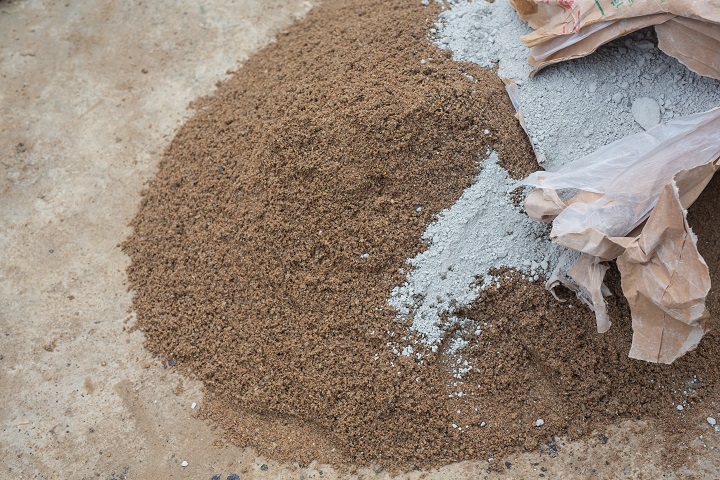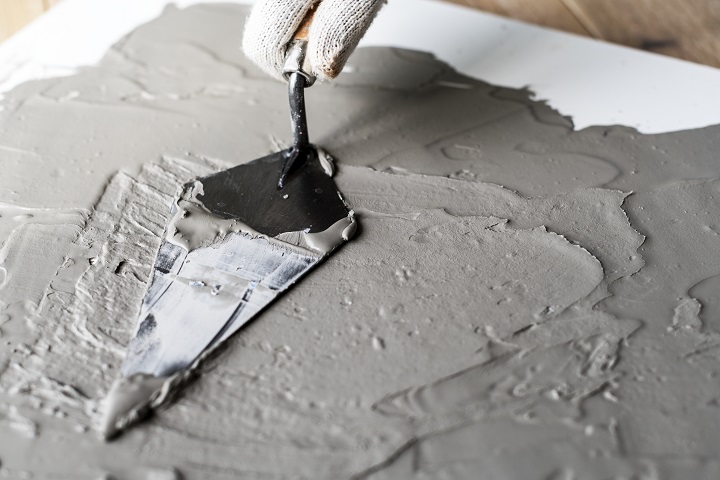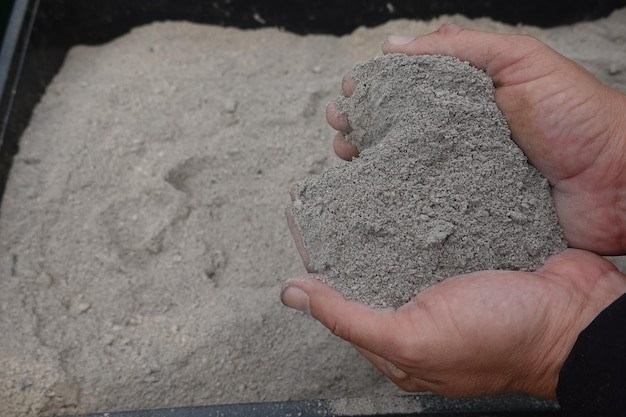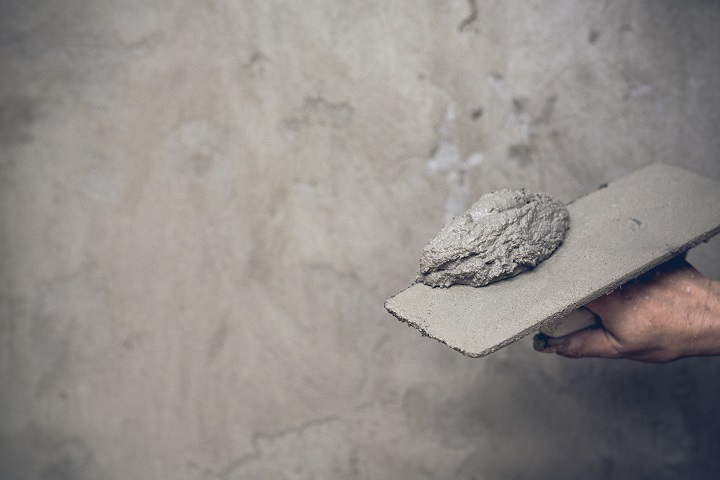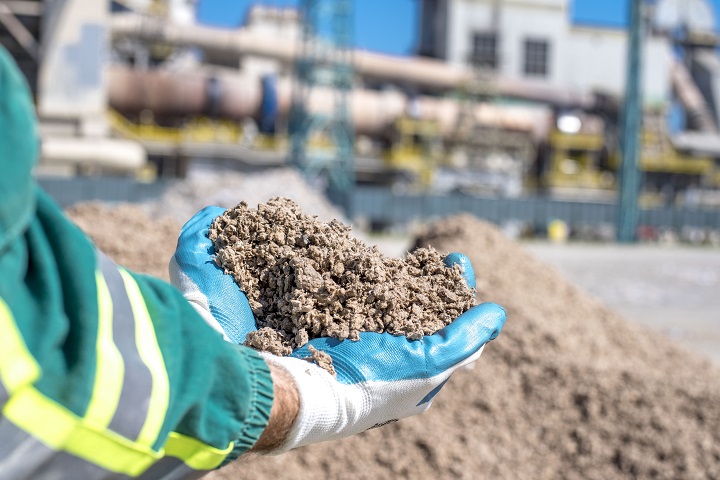How Much Cement And Sand Are Required for Plastering?
Plastering is not a modern invention; primitive civilizations used it to protect their abode from harsh weather using mud. The Egyptian pyramids contain plasterwork comparable to the ones that we currently use. The plasterwork even lasts today after a staggering 4000 years. Plaster was not only done to protect the outsides of homes. It is also done to ceilings for ornamental purposes.
Plasterwork is considered extremely important for building interiors, ceilings, and outside. It can protect your home and provide a beautiful, aesthetically pleasing finish. It helps to cover any defective artistry in masonry work. It is mandatory for brick-built homes as it allows an essential layer to damp-proof the surface. Plasterwork is also a base for painting, distempering, whitewashing, or color washing. However, completing good plasterwork is not an easy task. Your workforce should be adequately trained to apply the proper finish and know enough to prepare the plaster mixture with the appropriate ratio of cement, water, and aggregates.
How to Select the Right Plastering Material for Your Home?
Cement plaster combines products like Portland Cement, sand, and water. Generally, OPC 43-grade cement is used for plastering. Besides, you can also use PPC cement for attaining your desired plasterwork.
Cement plaster is extensively used among various materials used for plastering. Some other types of application include lime plaster, clay plaster, etc.
In order to cover your building with plaster, you must consider two major factors.
- Surface Protection
- Cost of Materials
If you increase the quality of the materials, the cost will also increase accordingly. On the other hand, if you want to do the work cheaply, the protection of your house will be severely compromised. As a result, you should consider the following matters before deciding:
- Plastering material should be cheap and economical
- The materials should be strong enough to resist any climatic changes that the structure is supposed to witness during its entire lifetime
- The plastering materials must have excellent workability, which can be applied during different weather conditions
You can discuss with your contractor about cement plastering to gain more insights.
Calculating Cement and Sand Ratio for Plastering
Here are some general points to remember when calculating cement to sand ratio for plasterwork
- This article mentioned the volumetric ratio of cement and sand. For instance, Cement: Sand = 1:5 refers to 1 part of cement and 5 parts of sand in a mortar mix.
- The overall thickness of plastering should be 20mm minimum, including two coats.
- The plasterwork should be done in two coats or layers. The first coat of plaster is laid with a thickness of around 12mm – 15mm. It is known as the rough coat or primary coat.
- The second coat should be laid with a thickness of around 8mm, known as the finish coat or secondary coat of plastering.
Here are some actual numbers regarding the properties of cement.
- Cement has a dry density volume of 1440kg/m3
- Each bag of cement contains 50kg of cement
- The volume of 50kg cement is around 50/1440 = 0.0348 m3
- The dry density of sand is 1600kg/ m3
The ratios of cement mortar used for plastering are:
| Mix Ratio | Areas of Usage |
| 1:6 & 1:5 | This ratio is appropriate for the internal plastering of bricks |
| 1:4 | This ratio is suitable for ceiling and external walls |
| 1:3 | This ratio is suitable for external walls prone to severe climatic conditions. It also can be used for repair works. |
Source: Civil Read
Steps to Find Plastering Material Quantities
You can follow these steps to figure out the quantities:
- Find the total area of the wall that you want to plaster in square meters
- Consider the ratio and thickness before plastering
- Calculate the total volume of plastering by multiplying the thickness. Make sure to convert the units.
- Find out the volume of cement and sand individually for both the coats
- Calculate the total volume of cement and sand required for plastering
Calculation Example for a 10m-by-10m Wall
Let us consider if you want to plaster a wall that is 10m by 10m in measurement. Now,
- The ratio of the primary coat of plastering is 1:5 with a thickness of 12mm
- The ratio of the secondary coat of plastering is 1:3 with a thickness of 8mm
STEP 1: Calculate the Area of Plastering
Area = height x width = 10 x 10 = 100m2
STEP 2: Find the Volume of Plastering
The volume of the primary coat = Area of plastering x Thickness of plastering
= 100 x 0.012 (convert mm to m)
=1.2m3
So, the volume of the primary coat is 1.2 m3
Similarly, calculate the volume of the second coat.
The volume of the secondary coat = Area of plastering x Thickness of plastering
= 100 x 0.008
=0.8 m3
STEP 3: Finding the Individual Quantities of Cement and Sand
The ratio of cement to sand for the primary coat is 1:5.
Total parts 1+5 = 6
The quantity of cement required for the primary coat is (Total volume of the primary coat of plaster x No. of parts of cement) / Total parts
= (1.2 x 1) / 6 = 0.2 m3
The quantity of sand required for the primary coat is (Total volume of the primary coat of plaster x No. of parts of sand) / Total parts
= (1.2 x 5) / 6 = 1.0 m3
Similarly, for the second coat,
Cement is required 0.2m3 and sand is needed 0.6 m3
Step 4: Finding the Quantity of Water Required for Plastering
The amount of water needed for cement and sand mix depends on the moisture content in cement, sand, and the atmosphere.
Quantity of water = 20% of total dry material (cement + sand)
= 20% (574 + 2560) = 0.2 x 3134 = 627 liters.
However, waste of materials is not considered in this calculation. You can add 5% extra materials to account for accidental wastage.
Summary
Plastering is an essential task after completing your building. It provides an extra layer of protection and aesthetic looks to the building surface. Painting or distempering becomes much easier for workers. Plastering may seem like an easy task, but in reality, it is a difficult one. Always make sure you hire professionals for plastering. Otherwise, novice workers cannot provide a good and smooth surface on the walls. It can lead to early signs of decay. Moreover, calculate the number of materials you require for plastering by following the guidelines discussed in this article.
Frequently Asked Questions (FAQs)
Can I use only cement for plastering?
Ans: No. You must mix it with sand and water for plastering walls.
What should be the total thickness of the plaster?
Ans: The total thickness of the plaster should be around 20mm.
What is the maximum thickness of plaster?
Ans: The maximum thickness should be 5/8 inch for walls and 1/8 inch for ceilings. Plaster can be applied thicker if lath is used.
What will happen if I don’t plaster the exterior of my building?
Ans: If you do not plaster the exterior of your building, the outer layer of the bricklayer can get damaged from excessive rain or sunlight. Dampness can get inside the building.
What is double-coat plaster?
Ans: Double-coat plaster is applied when the required thickness of plaster is more than 15mm or when it is required to get a very smooth finish.

